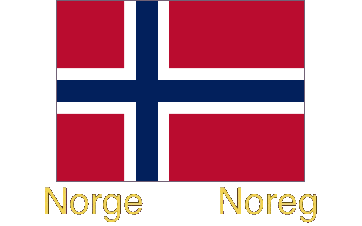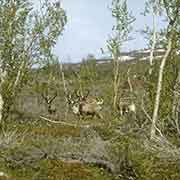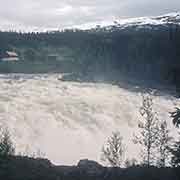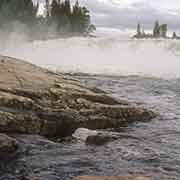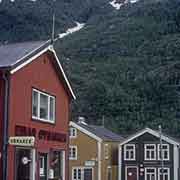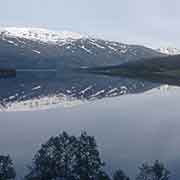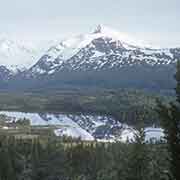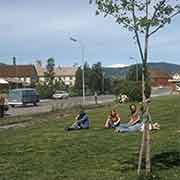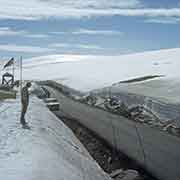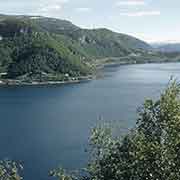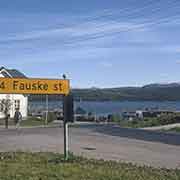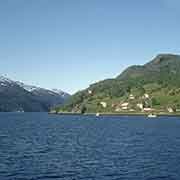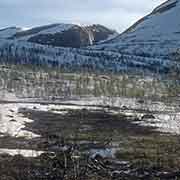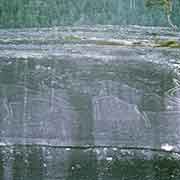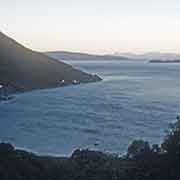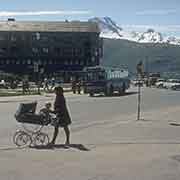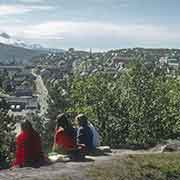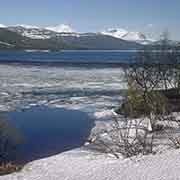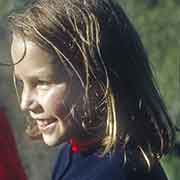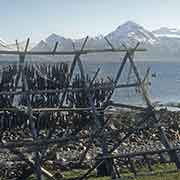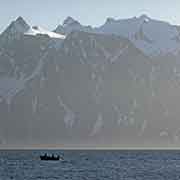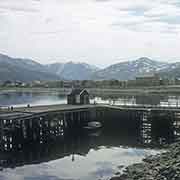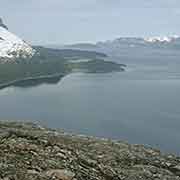Photos of Northern Norway, Norway
Northern Norway
Northern Norway, covering about 35% of the Norwegian mainland, consists of two counties: Nordland in the south, bisected by the Arctic Circle, and the former counties of Troms and Finnmark, since 1 January 2020 merged into one: Troms og Finnmark. In Norwegian, the region is called Nord-Norge (in Bokmål) and Nord-Noreg (in Nynorsk). It is called Davvi-Norga in Northern Sami, the indigenous Sami people’s language, especially in Finnmark, in the far north.
you may then send it as a postcard if you wish.
The part of Nordland, south of the Arctic Circle, is called Helgeland, a lowland with the towns of Mosjøen, the oldest in the region, and Mo i Rana. North of the Arctic Circle is Fauske and Bodø, where ferries sail to the Lofoten islands offshore. In Hamarøy, further north, are 9000-year-old rock carvings, depicting reindeer, some of the oldest in Norway. About 125 kilometres north, in the far north of Nordland county, is the town of Narvik, on the shores of the Ofotfjorden. It is named Áhkanjárga in Northern Sami.
Further north is the former county of Troms, now merged with Finnmark, with its main town of Tromsø. The area has many peninsulas, islands and fjords, with villages like Lyngseidet, Sørkjosen (Reaššegeahči in Northern Sami) and Kvænangen (Návuona suohkan), just south of the former border with Finnmark. Apart from the Sami people, another ethnic minority in this region is the Kven people, descendants of Finnish peasants and fishermen who emigrated from the northern parts of Finland and Sweden to Northern Norway in the 18th and 19th centuries.


